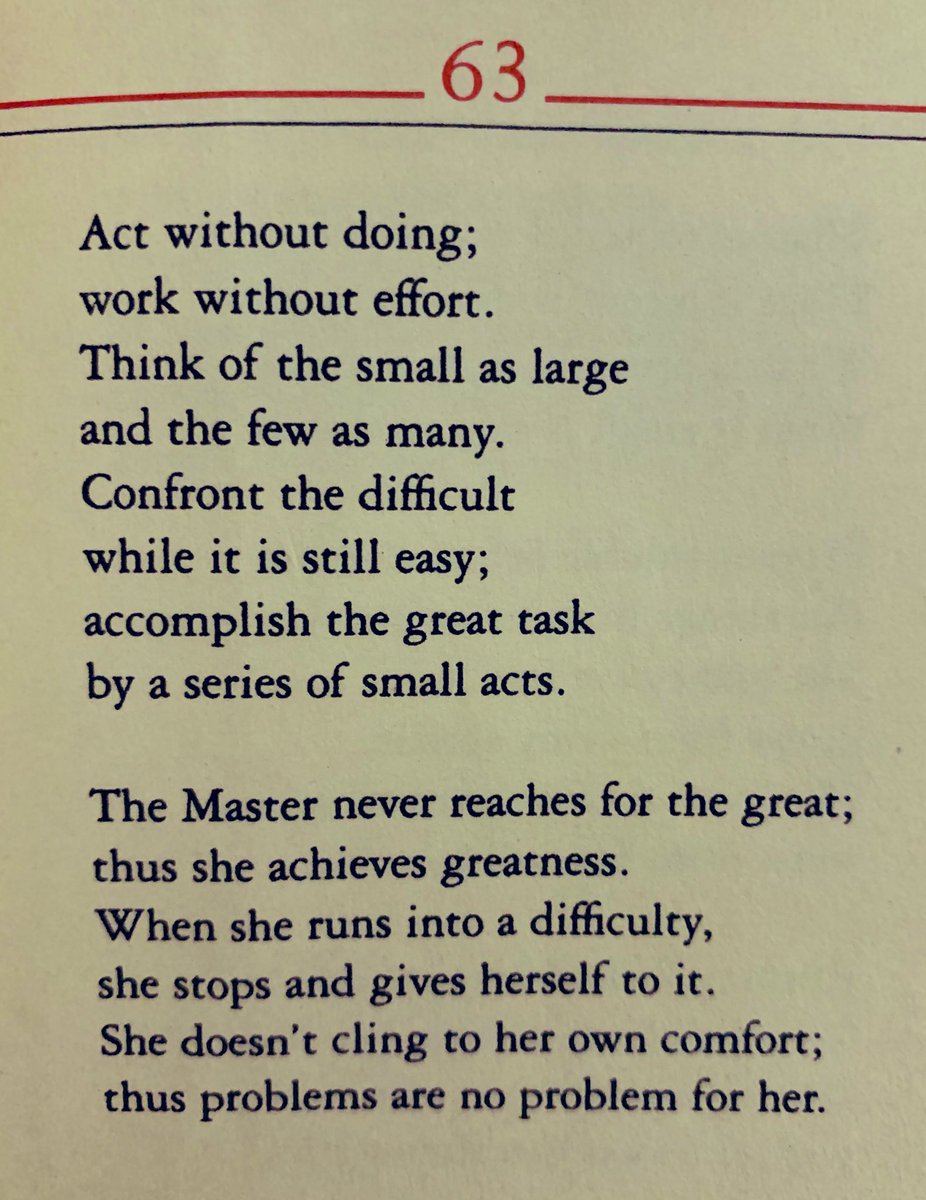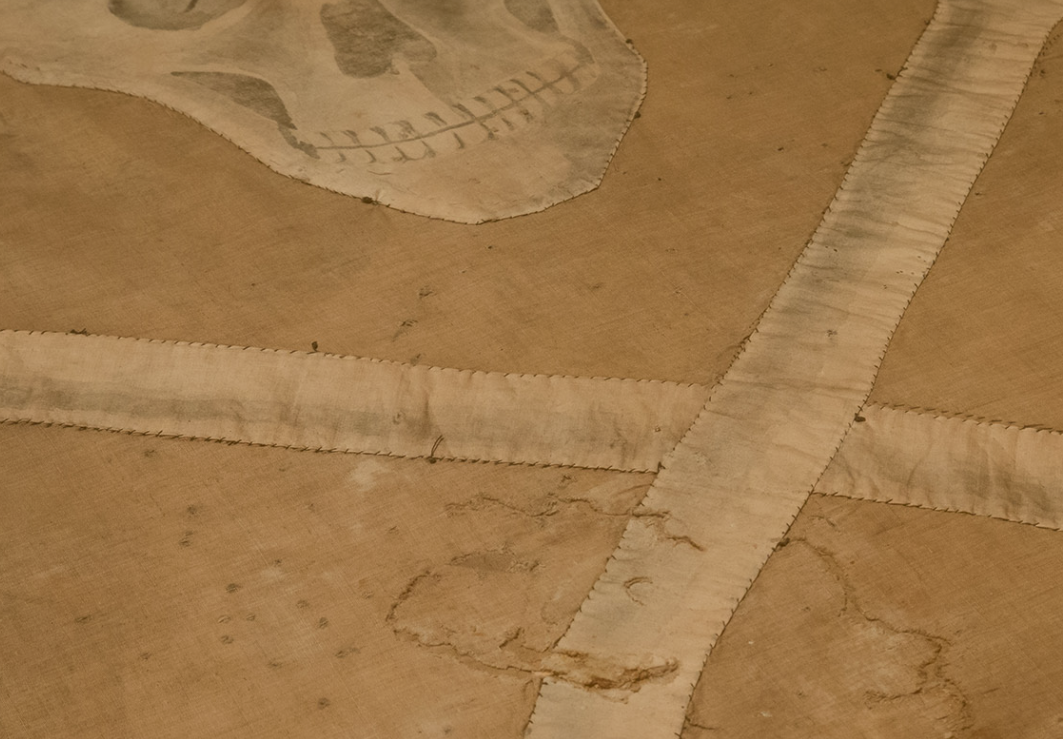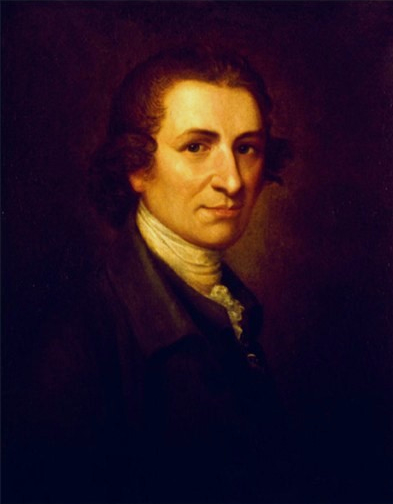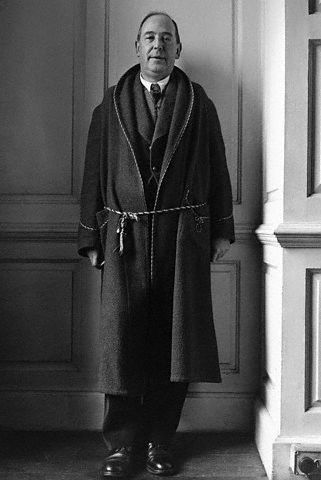Leonardo, Study of the Brain, 1506
The human brain—a biological organ that weighs about 3 pounds—develops as a result of a combination of the genetic program children inherit from both of their parents. Out of about 70 watts of power, the human brain uses only about 15—similar to what an idling laptop or the light inside a refrigerator use.
The typical 8-year-old child uses about half of his or her body’s energy to run the brain. It is an efficient device, but one that uses a lot of energy, said Sam Wang, an associate professor of neuroscience in Princeton University’s Department of Molecular Biology. Wang, also of the Princeton Neuroscience Institute, has co-authored two books about the human brain.
“The brain is always changing,” Wang said during a Sept. 12 webinar. For instance, a 6-year-old child who is reading initially uses regions that are distributed across both sides of the brain. As the child grows older, those brain regions cluster over to the left side of the brain in most people.
Wang addressed five myths about learning, using brain research to refute commonly-held but incorrect assumptions.
Read the rest at The 21st Century Fluency Project.





















































































































No comments:
Post a Comment